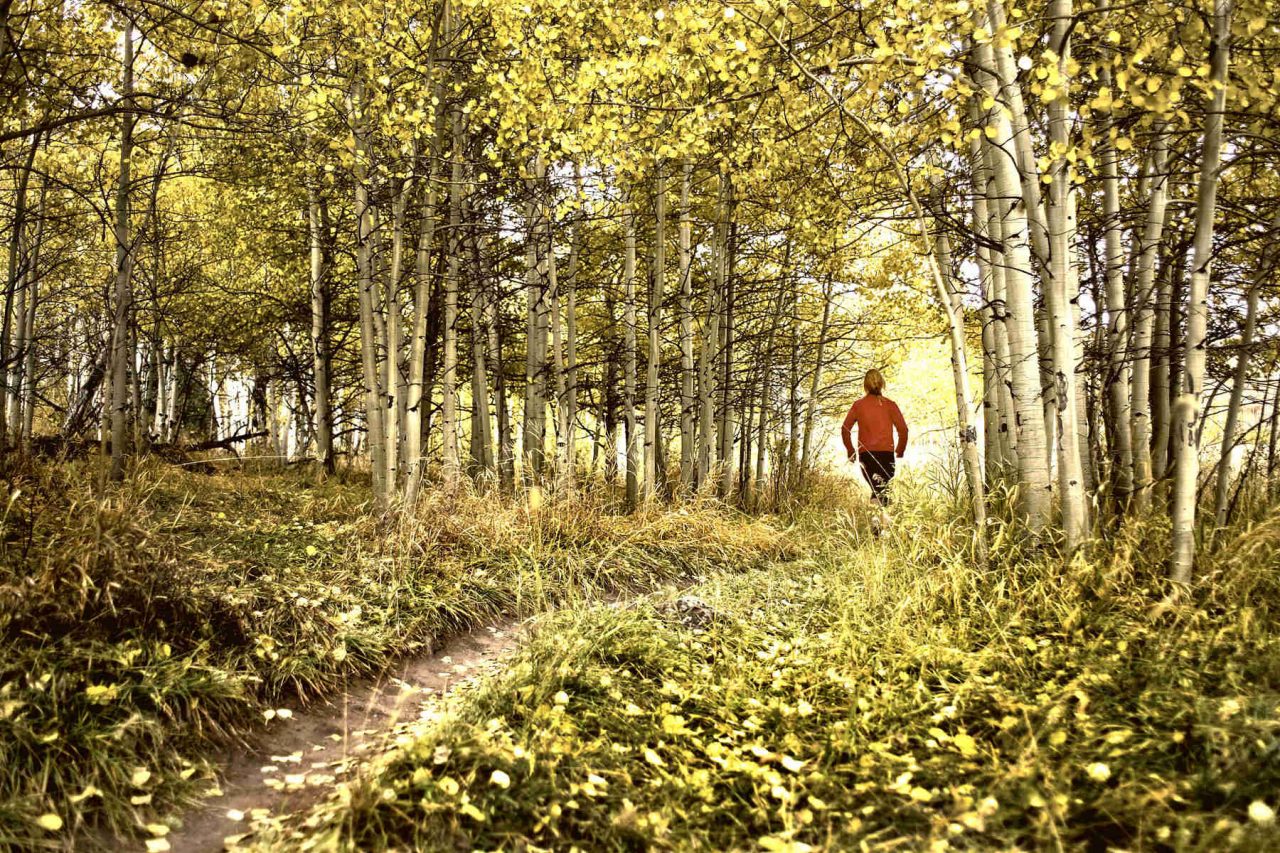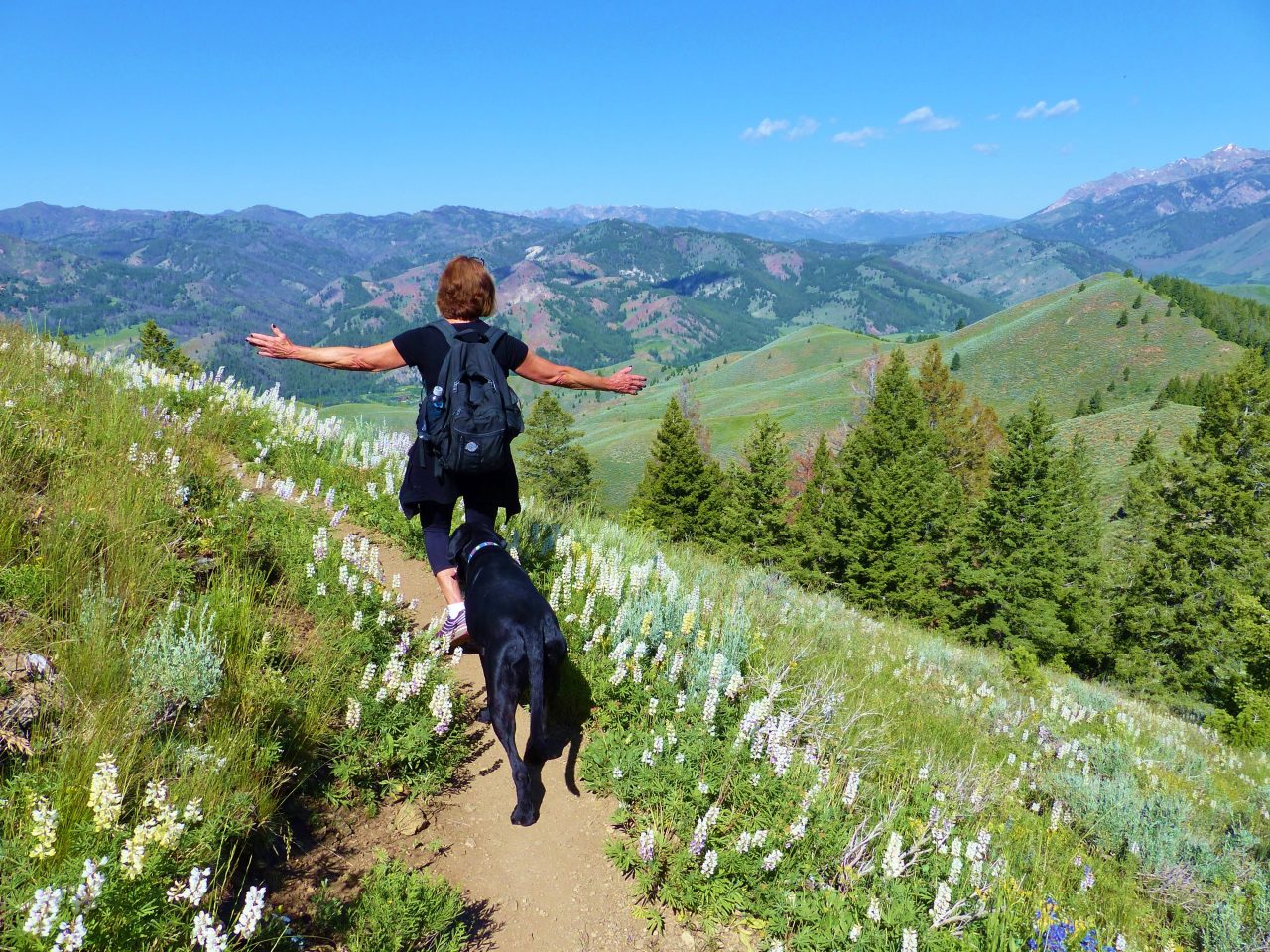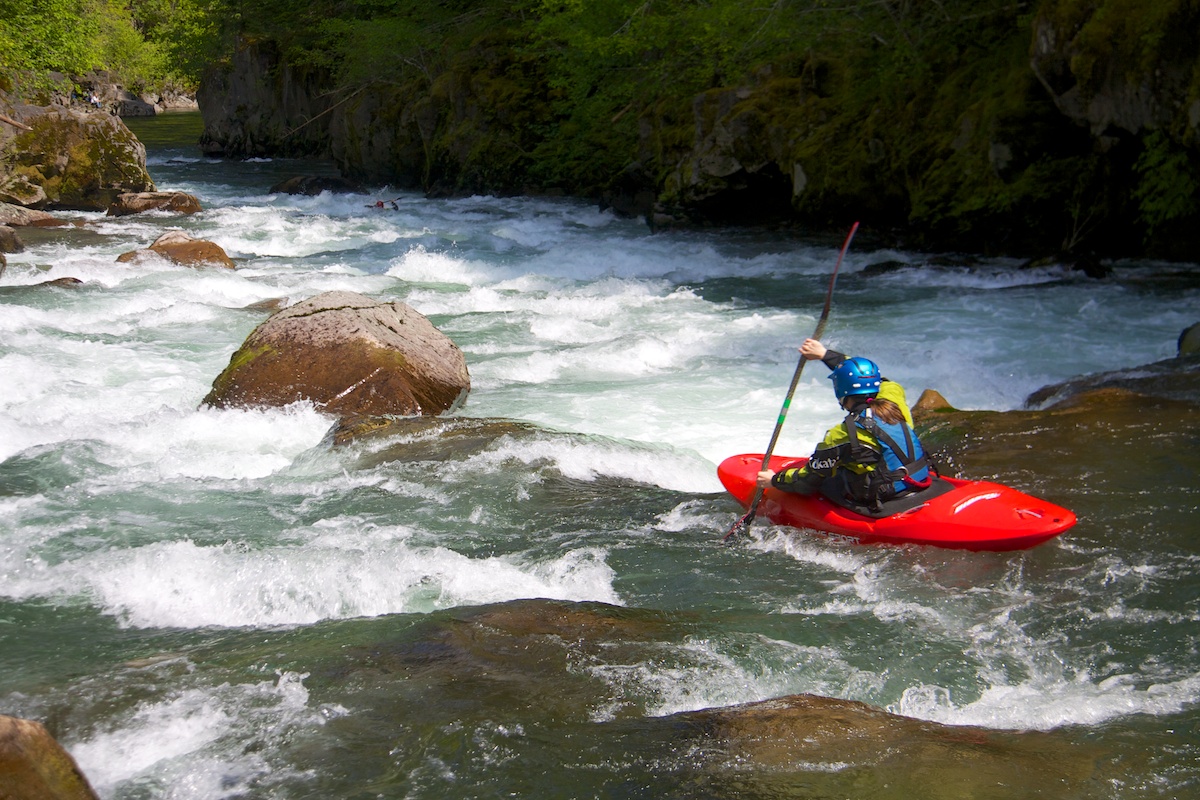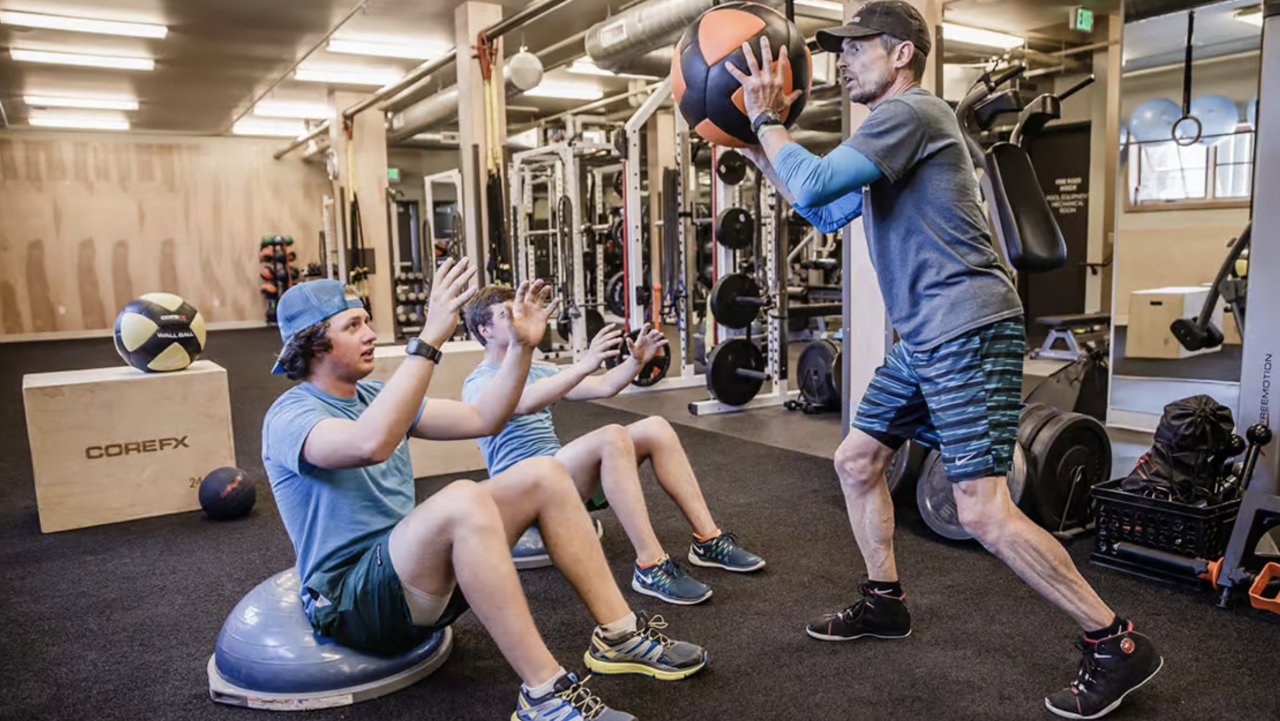For competitive skiers April is a month to take a vacation, let their bodies and minds recover and catch-up on other parts of life. But tomorrow is May 1st, which classically marks the beginning of the next season. However, this doesn’t mean you need to go searching for snow, there are lots of actives you can participate in to ease back into a routine so 2024/25 will be your best ski season ever.
Cross-training for skiing involves engaging in activities that complement and enhance your skiing performance by targeting similar muscle groups, improving overall fitness, and developing skills that are beneficial on the slopes. Here are some of the most effective cross-training activities for skiing:

Cycling: Cycling helps build leg strength and cardiovascular endurance, both of which are crucial for skiing. Additionally, cycling can improve your endurance for long days on the slopes.

Running or Trail Running: Running strengthens leg muscles and improves cardiovascular fitness. Trail running, in particular, can enhance agility and balance, which are important for navigating uneven terrain while skiing.

Hiking: Hiking is a great way to build lower body strength and endurance, especially when hiking on uneven terrain or uphill trails. It also provides an opportunity to enjoy the outdoors and explore new terrain.
Swimming: Swimming is a low-impact, full-body workout that improves cardiovascular fitness, muscular endurance, and flexibility. It also helps strengthen the muscles of the upper body, which are important for skiing.

Rowing or Kayaking: Rowing or kayaking provides an excellent upper body and core workout while also improving cardiovascular fitness. These activities can help strengthen the muscles used in skiing, such as the arms, shoulders, and core.

Interval Training: Interval training involves alternating between periods of high-intensity exercise and recovery. This type of training mimics the bursts of energy required in skiing and helps improve both cardiovascular fitness and muscular endurance.

Strength Training: Incorporate strength training exercises that target the muscles used in skiing, such as squats, lunges, deadlifts, and core exercises. Focus on building strength, power, and stability to improve your performance on the slopes.
Agility and Balance Exercises: Engage in activities that improve agility, balance, and coordination, such as yoga, Pilates, or agility ladder drills. These exercises can help you maintain control and stability while skiing.

Indoor Skiing Simulators: If available, consider using indoor skiing simulators or ski-specific training equipment to simulate skiing movements and improve technique during the off-season.
Flexibility and Mobility Training: Incorporate stretching, yoga, or mobility exercises into your routine to improve flexibility, range of motion, and joint stability, which can help prevent injuries while skiing.
By incorporating a variety of cross-training activities into your routine, you can improve your overall fitness, strength, and skills, ultimately enhancing your performance on the slopes when ski season arrives.
